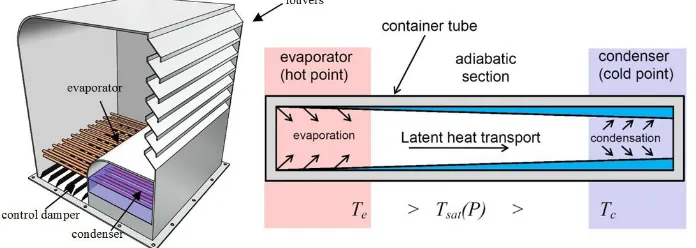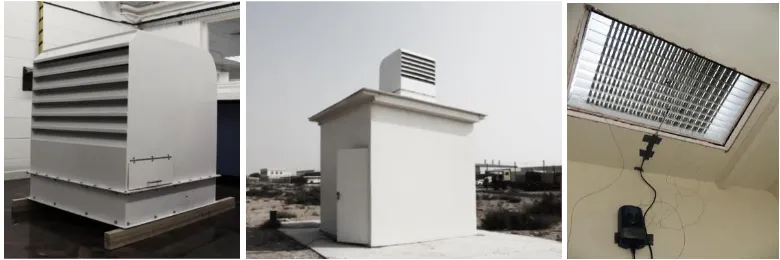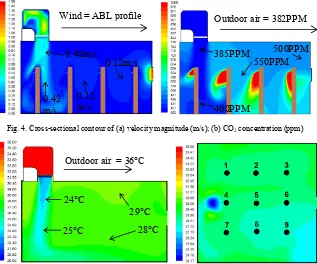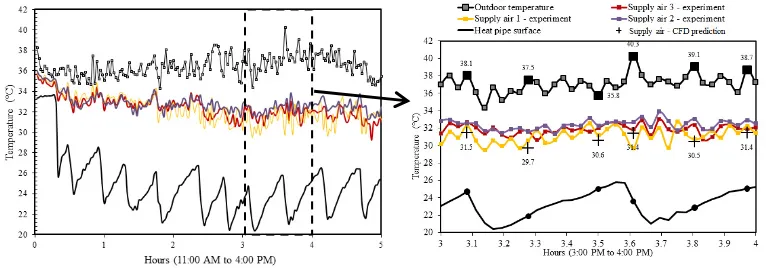Thermal comfort and indoor air quality analysis of a low-energy cooling windcatcher
Full text
Figure

![Fig. 2. (a) computational domain; (b) ABL flow profiles for wind velocity and turbulence kinetic energy [8]](https://thumb-us.123doks.com/thumbv2/123dok_us/1436255.96089/3.544.82.453.155.277/fig-computational-domain-profiles-velocity-turbulence-kinetic-energy.webp)


Related documents
This problem is more crucial in cloud computing, because Cloud Service Providers (CSPs) have to provide the services to their customers even if the data center is down, due to
The results of these studies indicate that police officers are generally accepting of rape myths: that is, if the victim adheres to stereotypic feminine behavior and the alleged
The problem of climate change is often perceived as an issue of mitigation, i.e., GHG emissions control and reduction, and discussions on fairness and burden sharing have so far
RSCS (Remote Spooling Communications Subsystem (RSCS) Networking for z/VM) books, abstract of 87 description 68 program requirements 34 S scalability enhancements 7 SCSI
Traditionally, the study of the coronal heating problem has moved into two different directions: the solar wind (open magnetic field lines) and coronal loops (closed mag- netic
Iako većina smatra da cijena ima utjecaja na potražnju za konditorskim proizvodima, iz sljedeće tvrdnje prema tablici 10 može se uočiti kako nešto više od
Thus, while it still would place a premium on dollars awarded to small business prime contractors, it would also encourage a greater small business participation rate to
In trials where the testing stimulus was partially or fully visible, we did not observe a significant dependency of the discrimination accuracy (aver- aged across stimuli
